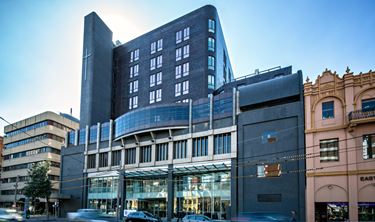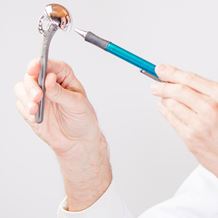Shoulder Instability
- Home
- Services
- Orthopaedics
- Shoulder Orthopaedics
- Common Shoulder Conditions
- Shoulder Instability
What is shoulder instability?
Shoulder instability occurs when the surrounding structures do not effectively keep the ball of the arm bone securely in the shoulder socket. This means that the shoulder joint is at greater risk of partial or full dislocation. Shoulder instability is mainly caused by injury such as a dislocation, or a general looseness of the joints where the ligaments are more flexible than usual. It tends to occur in patients with a medical history of shoulder dislocation, athletes that have stretched the shoulder ligaments and tendons through sport, or patients that are genetically predisposed to loose joints, often referred to as ‘double-jointed’ or hyperlaxity. Symptoms include ongoing pain, repeated dislocation and a feeling of looseness in the joint. Shoulder instability can occur in several directions: anterior instability (out the front), posterior instability (out the back) or in many directions (multi-directional instability). Anterior instability is the most common complaint.
How is it treated?
Treatment begins by strengthening the shoulder joint with physiotherapy, while anti-inflammatory medication and cortisone injections control the swelling and pain. Symptoms can be reduced by restricting daily activities. The aim is to get the shoulder joint back under control. If non-surgical treatment fails, your doctor may recommend further investigations using an MRI or X-ray to find out what is causing the shoulder instability. As shoulder instability can both cause and result in shoulder dislocation, early surgical repair can help prevent further dislocation occurring. Shoulder stabilisation surgery tightens and repairs the shoulder joint and can be performed arthroscopically or as open surgery.
How long does it last?
Shoulder instability can be slow to respond to conservative treatment methods, and it can take several months before noticing any improvements. If surgery is recommended, you can return to normal daily activities and desk jobs within 2-3 weeks. Low-risk exercise can begin after 3 months and a full recovery may take up to 6 months.

Shoulder replacement approaches
Find a hospital with orthopaedic services
Our Hospitals



